In the video below from The Science Asylum, Nick Lucid explains some creepy things about quantum physics like, wave-particle duality and other stuff like that. So watch and learn:


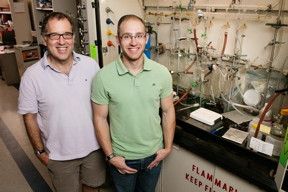
Abstract: Fuel cells have long held promise as power sources, but low efficiency has created obstacles to realizing that promise. Researchers at the University of Illinois and collaborators have identified the active form of an iron-containing catalyst for the trickiest part of the process: reducing oxygen gas, which has two oxygen atoms, so that it can break apart and combine with ionized hydrogen to make water. The finding could help researchers refine better catalysts, making fuel cells a more energy- and cost-efficient option for powering vehicles and other applications.
Led by U. of I. chemistry professor Andrew Gewirth, the researchers published their work in the journal Nature Communications.
Iron-based catalysts for oxygen reduction are an abundant, inexpensive alternative to catalysts containing precious metals, which are expensive and can degrade. However, the process for making iron-containing catalysts yields a mixture of different compounds containing iron, nitrogen and carbon. Since the various compounds are difficult to separate, exactly which form or forms behave as the active catalyst has remained a mystery to researchers. This has made it difficult to refine or improve the catalyst.
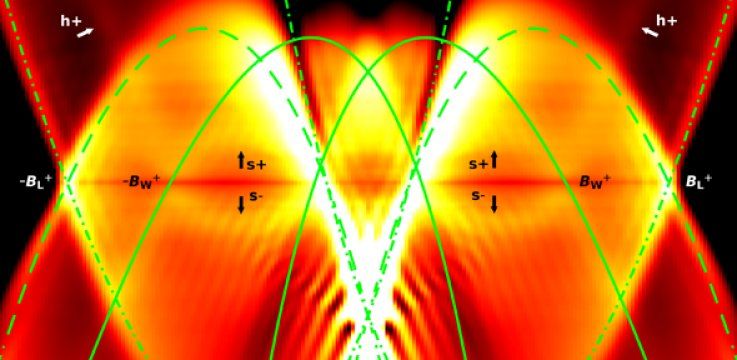
Condensing electrons into Quantum Wires to advance QC on multiple devices as well as other areas of technology.
Researchers have observed quantum effects in electrons by squeezing them into one-dimensional ‘quantum wires’ and observing the interactions between them. The results could be used to aid in the development of quantum technologies, including quantum computing.
Scientists have controlled electrons by packing them so tightly that they start to display quantum effects, using an extension of the technology currently used to make computer processors. The technique, reported in the journal Nature Communications, has uncovered properties of quantum matter that could pave a way to new quantum technologies.
The ability to control electrons in this way may lay the groundwork for many technological advances, including quantum computers that can solve problems fundamentally intractable by modern electronics. Before such technologies become practical however, researchers need to better understand quantum, or wave-like, particles, and more importantly, the interactions between them.
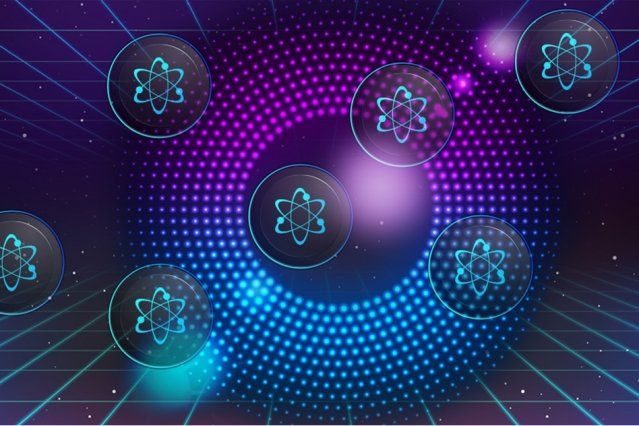
Scientists have identified a new method in understanding superconductors, and what one should do to make higher-temperature superconductors even at room temperature. This is certainly a huge deal as we continue to look at ways to build QC machines and devices. Something that my friends at Google should be interested in.
“Learning from this model, we can understand what’s really going on in these superconductors, and what one should do to make higher-temperature superconductors, approaching hopefully room temperature,” says Martin Zwierlein, professor of physics and principal investigator in MIT’s Research Laboratory of Electronics. Credit: Illustration: Christine Daniloff/MIT
If you bottle up a gas and try to image its atoms using today’s most powerful microscopes, you will see little more than a shadowy blur. Atoms zip around at lightning speeds and are difficult to pin down at ambient temperatures.
If, however, these atoms are plunged to ultracold temperatures, they slow to a crawl, and scientists can start to study how they can form exotic states of matter, such as superfluids, superconductors, and quantum magnets.
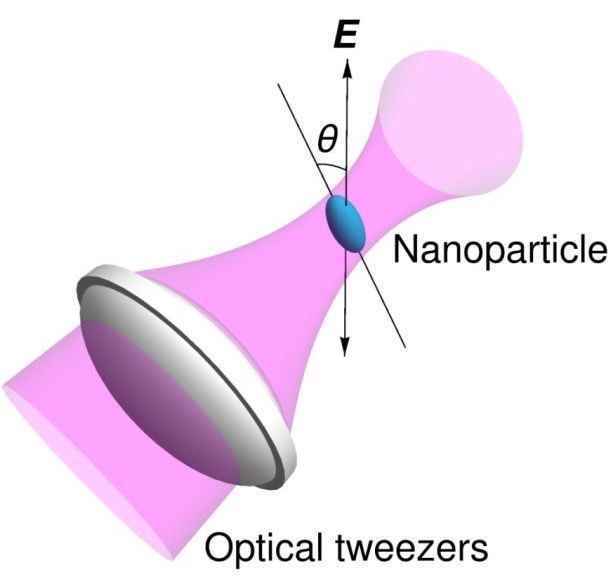
Researchers have levitated a tiny nanodiamond particle with a laser in a vacuum chamber, using the technique for the first time to detect and measure its “torsional vibration,” an advance that could bring new types of sensors and studies in quantum mechanics.
The experiment represents a nanoscale version of the torsion balance used in the classic Cavendish experiment, performed in 1798 by British scientist Henry Cavendish, which determined Newton’s gravitational constant. A bar balancing two lead spheres at either end was suspended on a thin metal wire. Gravity acting on the two weights caused the wire and bar to twist, and this twisting — or torsion — was measured to calculate the gravitational force.
In the new experiment, an oblong-shaped nanodiamond levitated by a laser beam in a vacuum chamber served the same role as the bar, and the laser beam served the same role as the wire in Cavendish’s experiment.
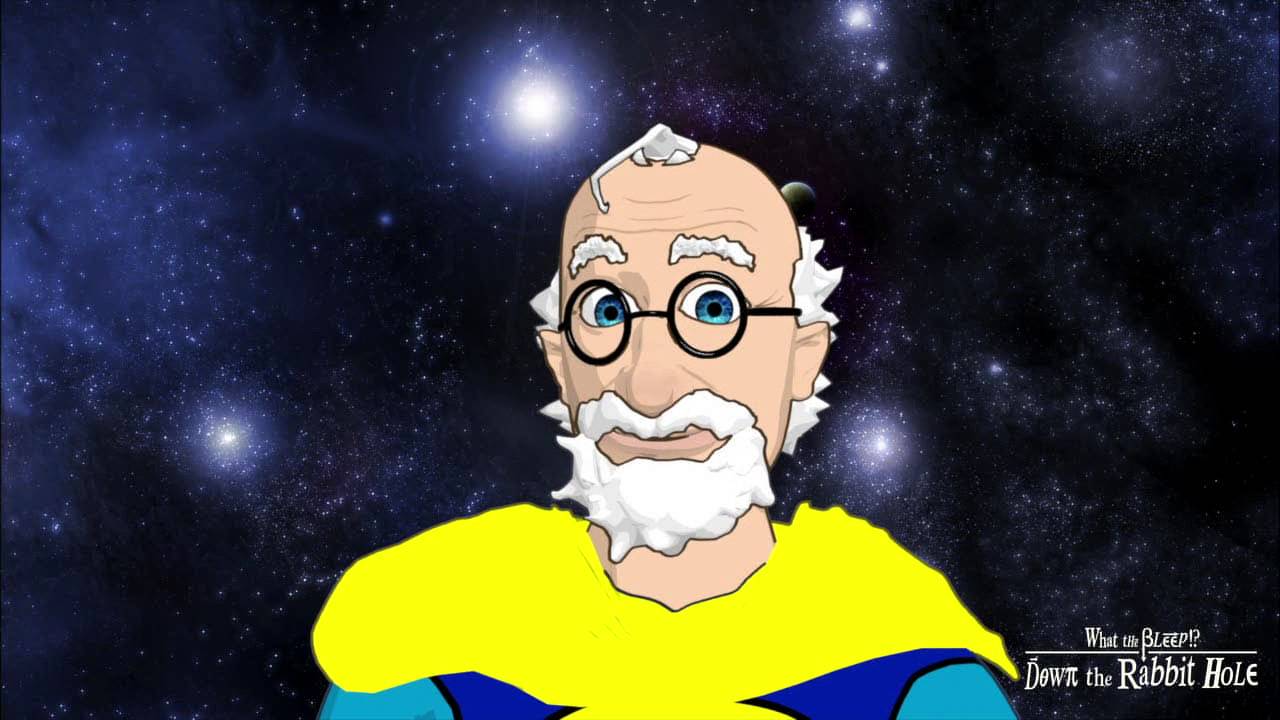
Another (more in depth) on Lockheed’s efforts on Space Travel leveraging Quantum Entanglement.
It’s called quantum entanglement, it’s extremely fascinating and counter to what we believe to be the known scientific laws of the universe, so much so that Einstein himself could not wrap his head around it. Although it’s called “quantum entanglement,” though Einstein referred to it as “spooky action at a distance.”
Recent research has taken quantum entanglement out of the theoretical realm of physics, and placed into the one of verified phenomena. An experiment devised by the Griffith University’s Centre for Quantum Dynamics, led by Professor Howard Wiseman and his team of researchers at the university of Tokyo, recently published a paper in the journal Nature Communications confirming what Einstein did not believe to be real: the non-local collapse of a particle’s wave function. (source)(source), and this is just one example of many.
They did this by splitting a single photon between two laboratories, and testing whether measurement of it in one laboratory would actually cause a change in the local quantum state in the other laboratory. In doing so, researchers were able to verify the entanglement of the split single photon.

Read a little further into the paper, and things get really weird. If the equations of quantum mechanics must be altered in accordance with the new research, then it will give rise to a new and very curious definition of time.
Time is, essentially, a “crystal”—a highly organized lattice of discrete “particles,” or regularly repeating segments.
“The physical universe is really like a movie/motion picture, in which a series of still images shown on a screen creates the illusion of moving images,” said Mir Faizal of the University of Waterloo and the University of Lethbridge in Canada, and lead author of the paper.
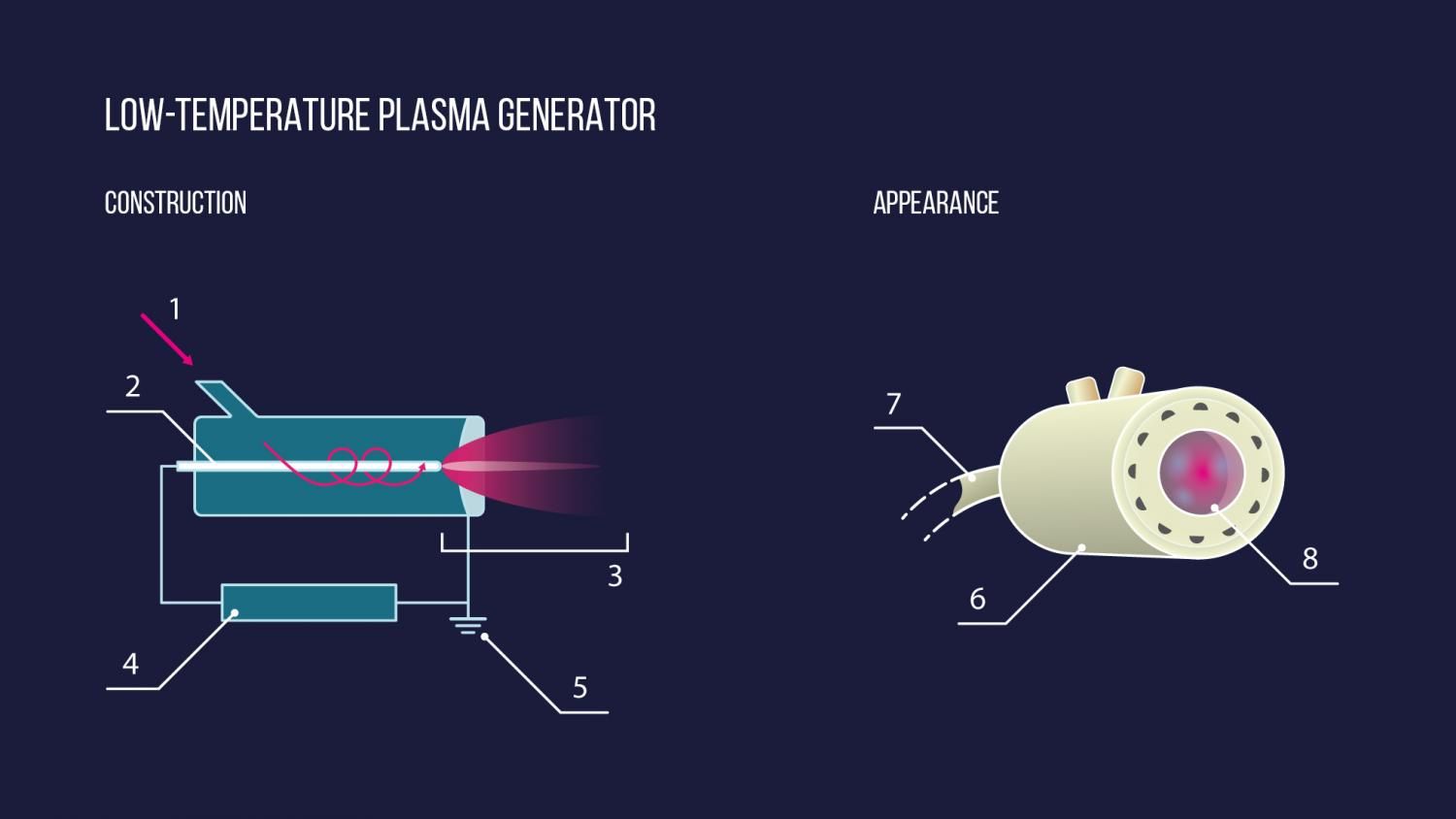
Russian scientists have found that treating cells with cold plasma leads to their regeneration and rejuvenation. This result can be used to develop a plasma therapy program for patients with non-healing wounds. The paper has been published in the Journal of Physics D: Applied Physics.
Non-healing wounds make it more difficult to provide effective treatment to patients and are therefore a serious problem faced by doctors. These wounds can be caused by damage to blood vessels in the case of diabetes, failure of the immune system resulting from an HIV infection or cancers, or slow cell division in elderly people. Treatment of non-healing wounds by conventional methods is very difficult, and in some cases impossible.
Cold atmospheric-pressure plasma refers to a partially ionized gas—the proportion of charged particles in the gas is close to 1 percent, with a temperature below 100,000 K. Its application in biology and medicine is possible through the advent of plasma sources generating jets at 30–40?°C.
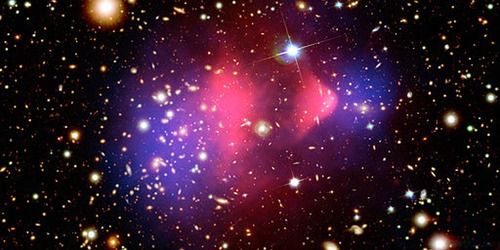
Superconducting aluminum or superfluid helium could be used to detect superlight dark matter particles.
Dark matter searches repeatedly draw a blank. One possible reason for the failure may be dark matter’s mass: Despite increased sensitivity, current detectors cannot spot the particles that make up this elusive matter if the particles are extremely light. Now Kathryn Zurek from the Lawrence Berkeley National Laboratory, California, and colleagues have come up with two new ideas for making detectors that should be capable of spotting such superlight particles.
In broad strokes, dark matter detectors are designed to operate as follows: Incoming dark matter particles strike the detector, gently nudging nearby atomic nuclei or electrons in the material from which the detector is made. These rare nudges generate small amounts of energy in the form of light or heat, which the detector registers. But the ability to detect particles of a certain mass depends on the properties of the detector material, such as the mass of its nuclei. Current detectors, made from semiconducting materials or liquid xenon, are sensitive only to particles heavier than about 10 million electronvolts.
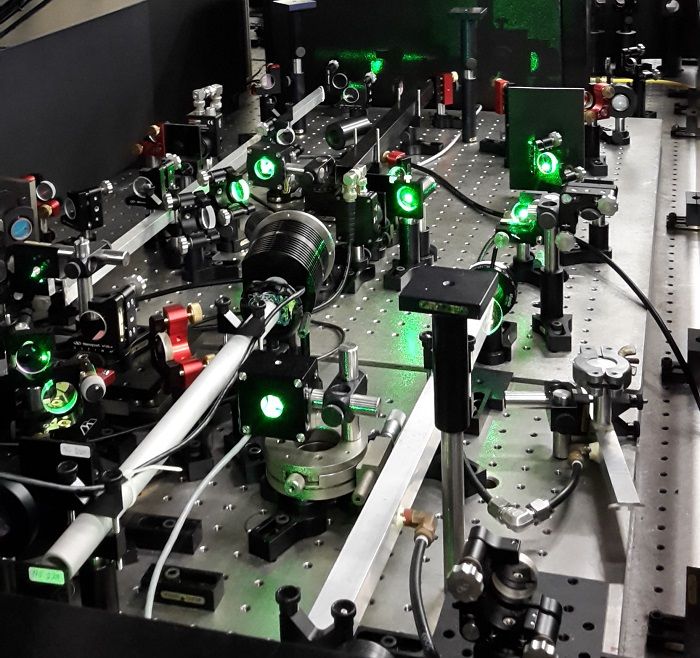
WASHINGTON — Researchers have developed a new laser that makes it possible to measure electron transition energies in small atoms and molecules with unprecedented precision. The instrument will help scientists test one of the bedrock theories of modern physics to new limits, and may help resolve an unexplained discrepancy in measurements of the size of the proton.
The team will present their work during the Frontiers in Optics (FiO) / Laser Science (LS) conference in Rochester, New York, USA on 17 −21 October 2016.
“Our target is the best tested theory there is: quantum electrodynamics,” said Kjeld Eikema, a physicist at Vrije University, The Netherlands, who led the team that built the laser. Quantum electrodynamics, or QED, was developed in the 1940s to make sense of small unexplained deviations in the measured structure of atomic hydrogen. The theory describes how light and matter interact, including the effect of ghostly ‘virtual particles.’ Its predictions have been rigorously tested and are remarkably accurate, but like extremely dedicated quality control officers, physicists keep ordering new tests, hoping to find new insights lurking in the experimentally hard-to-reach regions where the theory may yet break down.